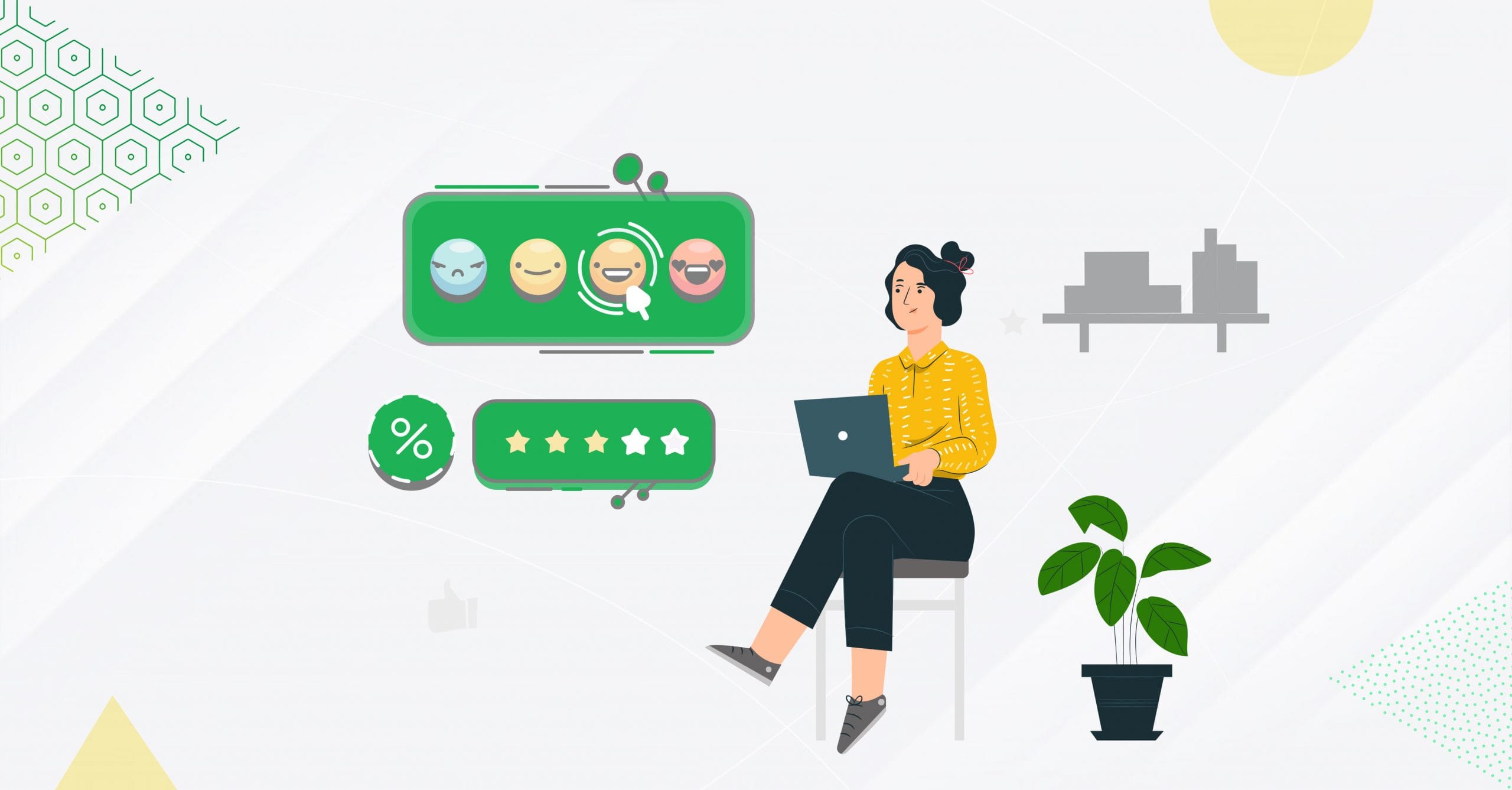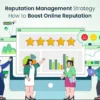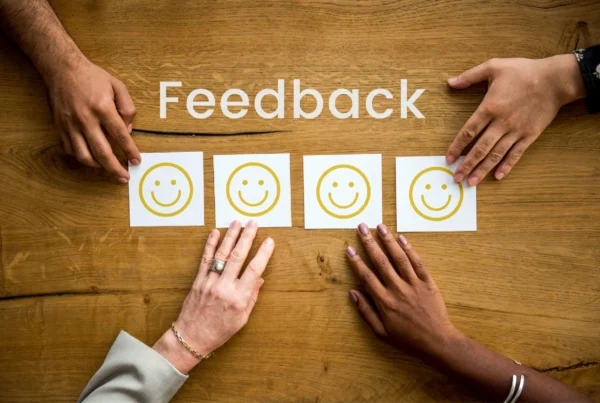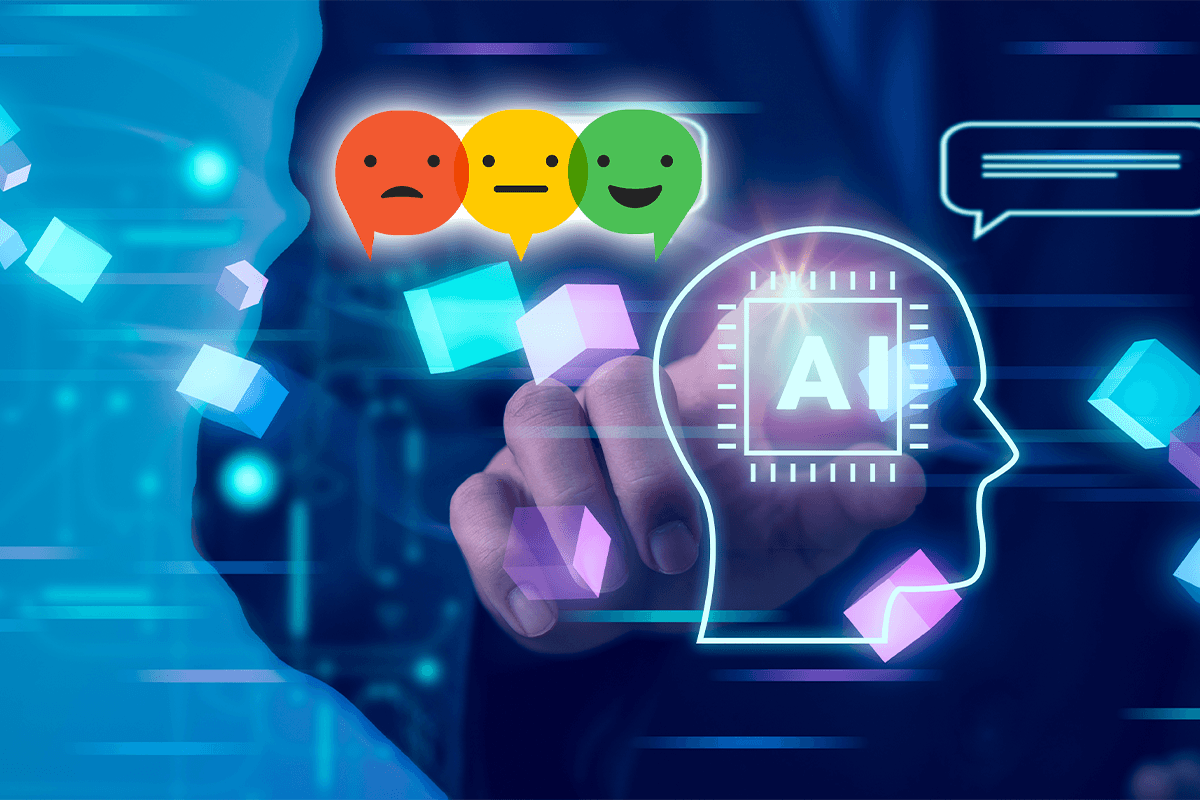“We see our customers as invited guests to a party, and we are the hosts. It is our job every day to make every important aspect of the customer experience a little better.” – These words from Jeff Bezos are a clear indication of how Amazon was able to become the giant e-commerce venture it is now.
The aspect of retention of customers has been a major factor in the success of any business in the world. While a business can grow from acquiring new customers and clients, studies have shown that customer and client retention is a more effective and efficient strategy to maintain a steady increase in revenue.
Unlock the full potential of your customers with our insights on Customer Lifetime Value! 📈
💡 Start maximizing your growth today at pihappiness❤Retaining customers increases their Customer Lifetime Value or CLV. This metric has played a crucial role in helping businesses figure out how well they are servicing their customers and how willing they are to return to your business. However, the same studies that show customer retention is more effective also highlight that more businesses invest a far greater amount in acquiring new customers than working on retaining them. It must be noted that retaining a customer and delighting them is far cheaper than acquiring a new one. CLV is the most imperative metric that businesses often ignore. In this article, we will run you through all you need to know about CLV to implement it in your business’s efforts to grow.
What is Customer Lifetime Value?
In simple terms, customer lifetime value or CLV is a metric that showcases the amount of net profit your business can churn out of a single customer over a period of time.
High scores of CLV indicate that each customer will be helping you generate more revenue for your business. A higher revenue over time from customers also means that your business can invest more in acquiring new customers, while also retaining the already existing customers.
Let’s take an example. You’re running a standard SaaS business with a billing process that happens on a monthly basis. If a customer spends $200 per month for the subscription of your services for a period of 2 years, that means the CLV of that customer is $4800 (24 times $200). This number will only tend to get higher as the customer will pay a greater amount over time, and might even avail additional services or subscriptions from your business. This means that the revenue generated from this single customer is far greater than the customer churn, helping your business maintain a steady growth of revenue while also retaining the customer.
This number will only tend to get higher as the customer will pay a greater amount over time, and might even avail additional services or subscriptions from your business. This means that the revenue generated from this single customer is far greater than the customer churn, helping your business maintain a steady growth of revenue while also retaining the customer.
Ways to Increase your Customer Lifetime Value
The process of increasing your CLV can go many ways, from something as simple as changing your billing period from yearly to monthly to something as difficult as completely revamping your entire process for customer support. Whatever the case may be, here are some of the most relevant strategies you can incorporate into your business to ensure that your CLV sees a steady increase:
1. Enhancing the Onboarding Process for Customers
Sustainable growth for businesses depends on how well a new customer is on boarded. The onboarding process for customers is a key determining factor as to how long they will be willing to stay with your business. It was shown in a recent study that a negative onboarding experience was the leading cause of customer churn and decreased CLV.
Onboarding is the stage where you can truly create a long-lasting impression on your customers, and increase their lifetime with your business. Encouraging the newer customers to return and conduct business with you again required a robust strategy for the onboarding process.
The onboarding process can differ based on the industry your business is related to. However, there are some major components that stand similar across the board. Offering a seamless and easy to understand guides or instructions, automated responses, feedback surveys, and personalized prompts are all the components that help in making the onboarding process fast and convenient for the customers. This helps them in quickly starting to transact with your business, and also creates a positive impression for your business in their mind.
2. Keeping the Customer Engaged
There are various ways to capture the attention of your existing customers and keeping them engaged with your business. Businesses must generate value-based content that offers various new pieces of relevant information to the customers to keep them engrossed in your business.
Marketing departments can distribute periodic blogs, newsletters, or emails that can present this value-packed content to the customers. Offering customers with valuable insights about your products or services can help them in utilizing the full potential of the various features and schematics of the products/services.
Effective messaging must be conveyed to the customers to ensure that they are aware of the true value of your products or services. Identifying various customer personas and marketing this content to them accordingly is the key to personalization. Personalized content urges the customers to keep engaging with your business, thus, increasing their lifetime value.
3. Foster Long-Lasting Relationships
Customer retention is very majorly dependent on how well your relationship is with your customers. Their customer experience, brand perception, and satisfaction play a key role in determining if a customer will be retained.
Tapping into the expectations of the customers and how they feel about your brand through feedback surveys can boost your chances of retaining customers and increasing their lifetime value. Additionally, you must also monitor the experience retained customers are having with your brand, and ensure that their feedback is heard and acted upon.
This helps in establishing trust between your business and the customers, and fosters customer loyalty. Ultimately, it helps businesses in ensuring a steady income from the customers as their lifetime increases, while also reading brand loyalty.
Conclusion
Customer Lifetime Value for businesses is a determining factor as to how well they can grow and how much revenue they can generate. Using effective tools such as customer experience software from piHappiness, businesses can ensure that their efforts to enhance customer experience are efficiently carried out. Aim to increase your CLV, and your business will be able to get ahead of the competition efficiently.








